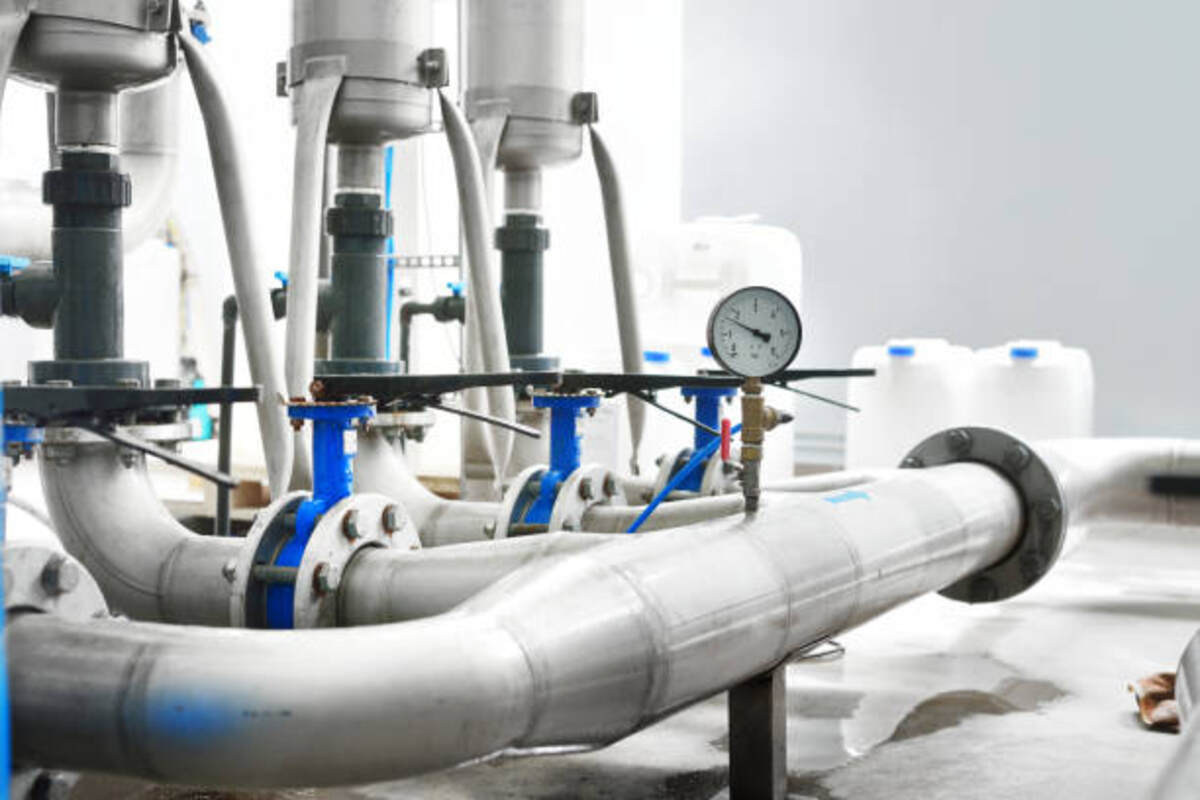Proper installation and maintenance can extend the lifespan of any plumbing system, but even minor mistakes could lead to expensive repairs and replacement costs in the future.
One mistake often made by inexperienced DIYers is selecting an improper pipe size, leading to negative impacts on flow rate, pressure, and material costs. To avoid such mistakes, one must understand basic pipe sizing principles in order to select appropriate sizes.
Pipe Leaks
Leaky pipes can wreak havoc on a property and lead to costly repairs, yet many homeowners remain unaware of the health hazards posed by leaky pipes for themselves and their family members.
Leakage from pipes typically results in excess moisture, creating the ideal conditions for mold and mildew to flourish. Both species of fungus produce spores, which can have serious adverse health impacts for those exposed; inhaling these particles could even aggravate existing conditions like asthma and allergies.
As a homeowner, the key to effectively handling a pipe leak is acting swiftly. You should shut off all sources of water in the affected area, if possible, before taking steps to dry and clear away any organic growth in the affected area. Small leaks that don’t require extensive repair efforts, such as wrapping damaged areas in waterproof tape or using epoxy paste as a quick patch solution, are effective quick fixes.
Various factors may cause pipe leaks. Over time, as your home shifts and settles, seals that hold water connections together may become worn out or broken; older pipes made from materials like clay or cast iron tend to rust and crack more readily than modern PVC alternatives.
Another factor contributing to leaky pipes can be tree roots, which have invaded water lines. Installing root barriers and moving trees away from your plumbing can help address this issue.
Corrosion
Corrosion occurs when refined metals such as copper or iron interact with oxygen, water, and other elements in their environment, weakening pipes and leading to other issues.
Corrosion can be the source of significant water damage in your home and require costly repairs, while corrosion-ridden plumbing fixtures could result in rust stains as well as metallic-tasting water, so if any of these symptoms arise, it would be wise to have your plumber take a look.
Corrosion can also cause clogs in pipes, as debris such as scale, scale dust, and corrosion debris clog the diameter of pipes, thereby restricting their flow of water. Professional plumbers may use equipment to remove the build-up of calcium carbonate and corrosion debris, however this method only works in mild cases of corrosion. For optimal prevention against future plumbing issues due to corrosion pipes in your home’s water supply system, install a water filter with bacteria removal capabilities in it – i.e., installing one with filters specifically targeting chemical and bacteria removal devices within.
If you are concerned about the condition of your plumbing, contact JD Service Now now for a professional pipe inspection. We can identify signs of corrosion-affected pipes and conduct a complete evaluation of your piping system – then provide steps that will protect your home over time!
Sewer Backups
An obstruction in your sewer line can be more than an inconvenience; in extreme cases, germ-laden sewage could flow back into your home and create serious health concerns for you and your family. Cleaning it up could also be expensive and time-consuming – thus, homeowners must understand its causes, recognize its symptoms, and determine whether their home insurance covers damages to their sewer line.
Signs that your sewer has become blocked are most easily identified when seeing or smelling sewage in your home, with signs such as overflowing toilets and slow-draining sinks being typical symptoms of sewer backups. These issues could be the result of hair, soap scum, grease, or debris building up in drain lines over time or due to something solid being flushed down a toilet, such as toys or toothbrushes that have been washed away accidentally.
To prevent sewer blockages, always place food waste in the garbage and never pour fats, oils, or cooking grease down your drains. Inspect and clean your pipes regularly to lower the risk of sewer backup. In the event that this does happen to you, be sure to shut off your water supply immediately and contact your home insurance provider to find out if they include coverage for such an event.
Water Damage
Long plumbing lines can wreak havoc on your home in the form of water damage. This damage occurs when too much moisture seeps into its structure; signs include musty odors that resemble damp leaves or dirty socks and wall materials such as wallpaper and drywall deteriorating quickly. Walls and floors prone to moisture and staining should be checked often and repaired promptly as leaks or other serious problems could exist; damage of class 3 could occur, meaning it has fully saturated all construction materials like subflooring and ceilings as a whole; for extreme cases this damage may reach class 3 status, meaning water has seeped its way into its structure through subflooring and ceilings soaked materials and subflooring and ceilings as it penetrates construction materials and subflooring and ceilings absorbed construction materials including subflooring and ceilings as it flows through construction materials into construction materials including subflooring as soaked construction materials in any given room or class 3 damage may reach class 3, whereby water has so soaked through its construction materials including subflooring and ceilings as it penetrated through subflooring materials as it penetrated through into construction materials including subflooring and ceiling construction materials all components including subflooring and ceiling construction materials in that room soaked through ultimately into construction materials including subflooring and ceiling construction materials as it has penetrated through ultimately into construction materials used.


